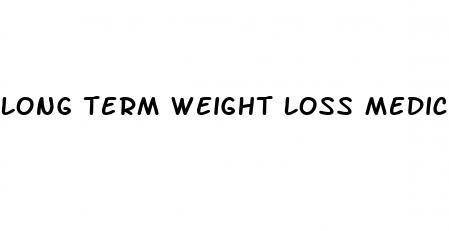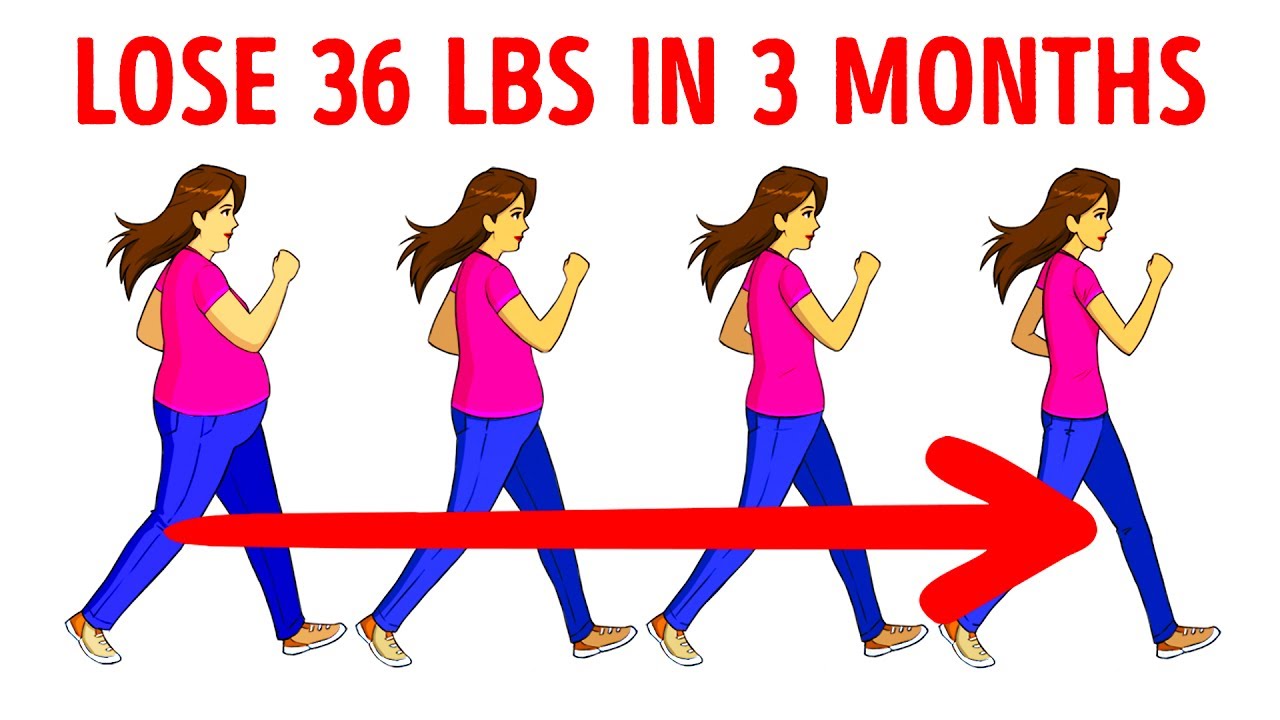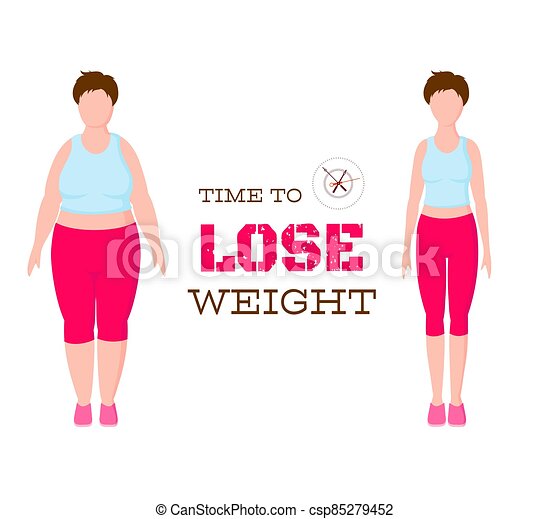
There are many benefits to eating foods that make your stomach feel full, such as helping you feel fuller and reducing the amount of food you eat. These foods are great if you're trying to lose weight or improve your overall health. Below is a list of 15 top filling foods. Satisfaction can be described as a psychological state where you feel satisfied. Satisfied people are less hungry later in their day.
Eggs
They are easy to prepare and digest, so they don't have a lot of calories. Eggs contain essential vitamins and minerals like vitamin B, A, iron, and cholesterol. Some people claim to get more nutrients from eggs, but regular eggs are perfectly adequate. You can eat one egg per day or limit your intake of saturated fat and cholesterol to eat more eggs. This will depend on your health. Recipe ideas for egg-based dishes can be found in the Canada's Food Guide.
Cottage cheese
Whether you want to lose weight, increase your energy level, or simply eat more protein, cottage cheese is a versatile, affordable and nutritious food. It is high in B vitamins which aid in the conversion of food into energy. They also promote healthy skin and brain cells. According to a recent study, cottage cheese also increases the energy level of children. Eating cottage cheese before meals can reduce the overall calorie intake of a meal.

Legumes
Legumes are one of most filling foods that you can eat. In fact, they are a staple in many healthy eating plans, including the Mediterranean diet, DASH eating plan, and vegetarian and vegan diets. Not only are they filling and tasty, but they also play an important role in the prevention of various health conditions. No matter what type of legume you choose there will be a tasty and nutritious legume that can be incorporated into your daily meal plan.
Fish
Healthy foods like whole grains and vegetables pair well with fish and seafood because they offer complementary texture, flavor, and nutrients. Quinoa, for instance, is an excellent choice for filling meals because it is packed with antioxidants, dietary fiber, and iron. Brown rice is also a great choice for a variety nutritional benefits. Brown rice has immune-boosting selenium, protein and B vitamins. You can also enjoy vegetables with seafood.
Watermelon
Watermelon diet is a great option for those who want to lose weight and are looking for low-calorie, high fiber, and healthy options. The fruit's high water content helps to extend the feeling of fullness, which increases the satisfaction you get from a meal. Watermelon, which is one the most filling foods, is also considered a healthy and nutritious food. It contains five percent of your daily recommended fiber, which slows down digestion and promotes satiety.
Beans
Beans can be a good choice for those on a diet. They are rich in fiber as well as plant-based protein. One half cup of cooked beans will provide you with 8 grams of protein and nine grams of fiber. Black beans are the most widely consumed source of protein. Other types of beans offer similar nutritional benefits. Lentils are part of the legume family. They contain lots of fiber as well as plant-based protein. Lentils are excellent fillers, due to their low energy content.

Broccoli
Even though most children don’t like eating broccoli, adults may be surprised that it is filling and nutritious. Although it can be difficult for children to eat due to its bitter taste, broccoli is a good choice for adults. Broccoli comes in a variety of nutritional forms and can be added to any meal.
Avocado
Avocados in salads and breakfast meals can make you feel fuller for longer and prevent snacking later. Studies have shown that avocados can reduce blood pressure and waist circumference. This is a sign of metabolic syndrome risk. Avocados are high in fiber. They can help you feel fuller longer and regulate your blood sugar. Avocados are rich in nutrients, as well as antioxidants and phytochemicals.
FAQ
What should I eat during intermittent fasting to lose weight?
You can lose weight by cutting out carbs. This means avoiding bread, pasta, rice and potatoes as well as other carbohydrate-based foods.
Also, you should avoid eating too many protein as it can make you feel fuller for longer. You won't feel as hungry.
Instead, focus on foods that contain healthy fats, such as olive oil, avocado, nuts, and seeds. These foods are satisfying and will keep your hunger at bay for hours.
It's vital that you get enough water. Water helps you to stay hydrated which makes it easier for you to lose weight.
These foods may be what you crave when you eat fast. You don't have to cave to your cravings. If you do this, you might gain more weight that you have lost.
Try to limit how many calories you eat each day. This will help prevent you from overeating. If you feel hungry, drink water and not reach for another snack.
It may sound counterintuitive but this has been shown to help you lose weight. One study published in Obesity showed that plain water was more nutritious than sugary drinks.
Additionally, plain water can help reduce hunger pangs. Drinking water is the best way to lose weight if you don't want sweetened beverages.
You don't have to eat every calorie or avoid certain foods if you are trying to lose weight. Focus instead on small changes in your lifestyle.
Start by switching your regular breakfast sandwich for a bowl oatmeal. Alternately, you can swap your afternoon cookie with a piece de fruit.
These easy changes can help you lose weight and keep your kitchen clean.
What Can You Lose in One Week?
The amount of weight you can lose depends on your current body fat percentage. It is important to first calculate how much weight you wish to lose. Then, determine your BMI. Your BMI indicates how much weight we should lose to achieve our goal. If your BMI is 25 or greater, you're overweight. If your BMI reads 30 or more, you are likely obese.
For example, if 200 pounds is your BMI, it would be 28.7. To get to a healthy weight range, you'd need 70 pounds of weight loss. To see if you're overweight, visit www.healthyminds.com/bmi/.
This formula can be used to calculate how many pounds you will lose each week once you have determined your BMI.
(Your Goal Weight - Current Weight)/BMI * 7 Number Of Pounds Lost Per Week
For 50 pounds to be lost in one month, it would take 2 weeks of exercise. 56 days is equivalent to 7 pounds per day. This works out at 8.3 pounds per week.
You could also try this calculator from www.weightlosscalculator.net. It will provide an approximate amount of calories that you would need daily to lose one pound per month.
What level of exercise is required to lose weight?
The amount of exercise needed for weight loss depends on several factors, including age, gender, body type, and how much you weigh. Most people need to exercise at least 30 minutes five days a weeks.
The American College of Sports Medicine recommends 150-minutes of moderately intense aerobic activity every week. It should be spread over three separate days.
If you are trying to lose 10 pounds, 300 minutes of moderate intensity exercise per week is a good goal. This includes activities such as brisk walking, swimming laps, biking, dancing, playing tennis, golfing, hiking, jogging, running, and other similar activities.
Consider doing 20 minutes of vigorous exercise thrice a week if you are just starting out. You could do sprints, lifting weights or jumping rope.
Aerobic exercise is a great way to burn calories and build muscle mass. Muscles burn more calories than fat. You may be able to achieve your goal quicker by building muscle and losing fat.
What is the best time to do Intermittent fasting in order to lose weight
The answer isn't as easy as it seems. For optimal fat loss, you need to take into account many factors. These are:
-
Your age. If you are younger than 40, intermittent fasting might be too difficult because you have less time for recovery after each fast. You may not have enough energy for a sustained period of daily fasting if you are older (over 60).
-
Your current body composition. If you already have a lot of muscle mass, you'll likely benefit most from longer periods of fasting. If you don't have a lot of muscle mass, shorter fasting periods may be more suitable.
-
How physically active. You may need to increase your fasting time if you exercise often. This will ensure you get enough rest between workouts.
-
Your medical history. Additional fasting monitoring may be required for certain medical conditions such as diabetes or heart disease.
-
How can you manage stress? Stress can cause us to eat more. To avoid this, you might want to increase the lengths of your fasting window.
-
It is the type of diet you are following. Certain diets, like ketogenic diets, may require even longer fasting periods.
-
Your quality of sleep. Lack of sleep has also been linked to increased appetite and decreased metabolism. You may need to experiment before you discover what works for you.
-
The amount of protein you consume. Protein stabilizes blood sugar levels. Therefore, eating more protein could result in lower insulin levels. This would allow you be more consistent in your fasting.
-
No matter if you are trying gain or lose weight. People trying to gain weight often need longer fasting periods than people trying to lose weight.
-
What percentage of calories do you consume during your fasting window? Fasting for fewer calories per days may lead to greater fat loss than fasting with more calories.
-
Your overall fitness level. People who are fit and fast burn more calories per day.
-
Your gender. Men typically have larger appetites than women, so they may need to fast for slightly longer periods of time. Women have smaller appetites than men, so they may need to fast just 20-30 minutes each day.
-
Your lifestyle. Are you someone who is active? Are you able to exercise several times per week? Do you work at a desk all day? These things could impact the speed at which you should go.
-
How much money do your spend on food every day? Not all healthy food means you need to spend a lot more on groceries. Whole grains can be replaced by white bread, fruits can replace candy bars, and lean cuts of meat can be used to save money.
-
How important it can be to control your appetite. If you don't want to skip meals, you might not need to fast as long as other people do.
What is the best type of exercise for busy people to do?
You can stay fit by exercising at home. You do not need to join a gym. You can perform simple exercises at your home without needing expensive equipment.
All you need is a pair dumbbells, mat, chair, and a timer.
Your most important goal is to keep up your fitness routine. You may lose motivation if you skip a few days.
Try lifting weights three days per week. This is a great place to start. This could include push-ups/pullups/squats/lunges, pushups/pullups, dips/curls, and so on.
Once you have mastered the basic movements, it is possible to move on to other types such as running and jumping rope, skipping or yoga, Pilates, dance, swimming, weight lifting, tennis, golf, playing basketball, soccer, volleyball, badminton or squash.
Remember to pick the program that best suits your lifestyle when choosing an exercise program. You might avoid exercising if your work hours are long.
If you are a night owl you should exercise during the evening instead of in the early morning.
Listen to your body, and don't stop when you feel tired.
Statistics
- According to a study sponsored by the American Council on Exercise, a person weighing around 140 pounds (64 kg) would burn 108 calories at a 30-minute beginner's Pilates class or 168 calories at an advanced class of the same duration (26). (healthline.com)
- One 6-month study showed that simply doing 11 minutes of strength-based exercises 3 times per week resulted in a 7.4% increase in metabolic rate, on average. (healthline.com)
- A 12-week study in 20 women with obesity found that walking for 50–70 minutes 3 times per week reduced body fat and waist circumference by an average of 1.5% and 1.1 inches (2.8 cm), respectively (healthline.com)
- According to Harvard Health, it's estimated that a 155-pound (70-kg) person burns around 167 calories per 30 minutes of walking at a moderate pace of 4 mph (6.4 km/h) (5). (healthline.com)
External Links
How To
How to lose weight quickly and without doing any exercise
The best way to lose weight fast without exercise is to eat fewer calories than you burn. Your body will start to burn fat stores for energy. You will see some muscle shrinkage if your body doesn't consume enough calories. If you don't exercise while dieting, you can still lose weight. But you will probably lose even more.
The key to losing weight fast without working out is to reduce your calorie intake. While many people believe they need to cut back on their food intake, it is not the truth. To lose weight, you need to ensure that you are consuming fewer calories than your body is burning. What should you eat daily? It all depends on what activity you do daily. A person who walks 3 miles a day would need only 2,500 calories per day. For someone who sits at their desk all day, they would need approximately 1,600 calories per days. Someone who exercises (e.g., lifting weights) daily would need around 1,600 calories.
You should reduce your caloric intake if you want to lose excess weight. Many people feel that they shouldn't eat as much food as they do because they feel hungry. This is not true. Your body doesn’t care if you’re hungry or full; it simply wants to work properly. In order to lose extra weight, it is essential that you keep track of how many calories you consume. Many online apps allow you to track your calorie intake. Some of these apps include MyFitnessPal, Calorie Counter, and LoseIt!